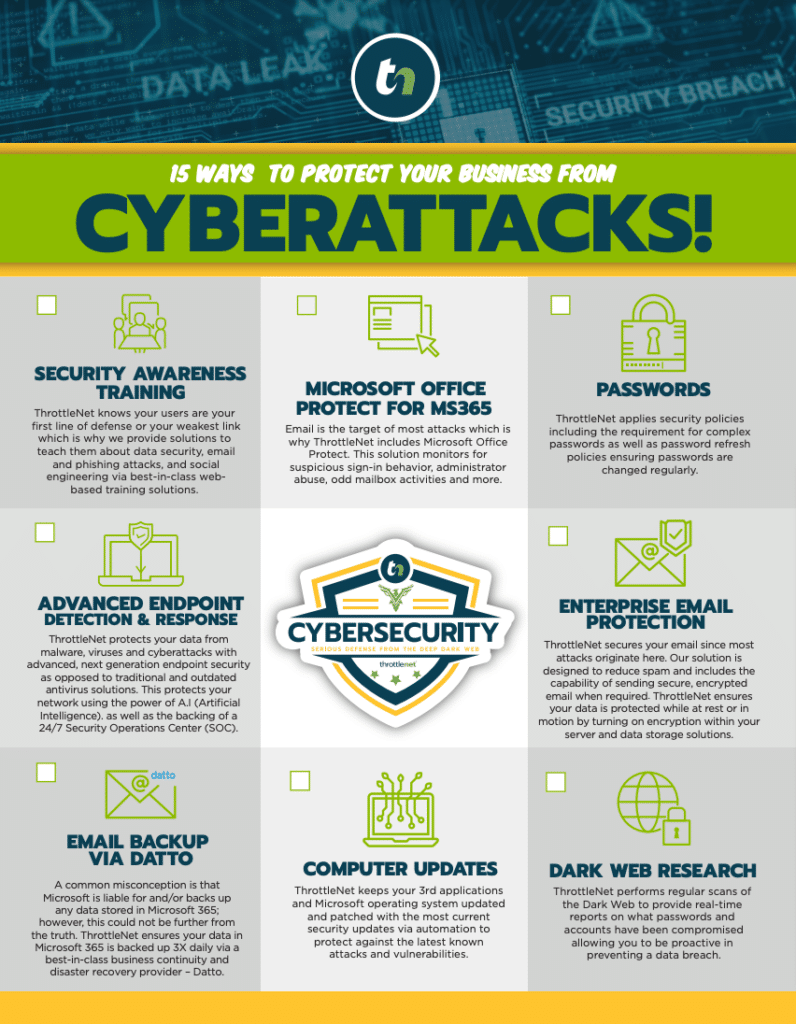Microsoft Office applications such as Word, Excel, and PowerPoint are staples in workplaces across the world, facilitating everything from document creation to complex data analysis. One of the features that makes these programs so versatile is the use of macros. However, while Office macros offer powerful functionality and automation options, they also present significant cybersecurity risks if misused or exploited by cybercriminals. In this article, we’ll explore what Office macros are, their benefits, and how they can impact cybersecurity.

What Are Office Macros?
Macros in Microsoft Office are essentially small programs that automate repetitive tasks within Office documents. They are written in a programming language called Visual Basic for Applications (VBA), which allows users to perform a series of actions with just a single click. For instance, an accountant may use a macro in Excel to automatically format a report, perform calculations, and generate charts based on the latest data.
Macros can greatly enhance productivity by:
- Automating complex, multi-step processes
- Reducing errors associated with repetitive manual tasks
- Streamlining workflows, particularly in data entry, analysis, and report generation
However, the very capability that makes macros so powerful also opens the door to security vulnerabilities if exploited maliciously.
How Macros Impact Cybersecurity
The main cybersecurity risk associated with Office macros is their potential misuse by attackers to execute malicious code. Cybercriminals can embed harmful macros within Office documents, turning a useful automation tool into a vehicle for launching cyberattacks. When users open an infected document and enable macros, the malicious code is executed, allowing the attacker to gain control over the victim’s computer, steal sensitive data, or cause other harmful actions.
Common Ways Attackers Use Macros
- Email Phishing Attacks Macros are often used in phishing attacks, where cybercriminals send emails with seemingly legitimate attachments (such as invoices or reports) that contain malicious macros. The email may include a message that encourages or even pressures the recipient to enable macros. Once enabled, the macro runs the malicious code, which can result in data theft, system compromise, or the installation of malware.
- Malware Delivery Macros can be used to download and install malware such as ransomware, keyloggers, or Trojans. In some cases, a macro may connect to an external server and download the actual malicious payload, giving attackers control over the victim’s system. This is particularly dangerous in businesses, where an infected computer can lead to a full-scale data breach.
- Privilege Escalation Macros can also be used to escalate privileges on a compromised machine. Once the macro executes, it may exploit system vulnerabilities to gain administrative rights, allowing attackers to make deeper changes to the computer and network.
Real-World Examples of Macro-Based Attacks
Several high-profile attacks have used Office macros to gain access to corporate networks. For instance, the Emotet banking Trojan, which has targeted numerous organizations worldwide, often used malicious Word and Excel documents with embedded macros to spread the malware. Victims would receive seemingly authentic emails prompting them to enable macros, thereby allowing the malicious code to execute and compromise their systems.
Similarly, ransomware campaigns have used Office macros as an initial attack vector. Once the macro is enabled, it downloads and installs the ransomware, encrypting files and demanding a ransom payment for their release.
How to Mitigate the Cybersecurity Risks of Office Macros
Given the risks associated with Office macros, it’s critical for organizations and individuals to take proactive measures to protect against macro-based cyberattacks. Here are several strategies to mitigate the risks:
1. Disable Macros by Default
The safest approach is to disable macros by default. Microsoft Office provides an option to block macros from running in files obtained from the internet. This prevents most malicious macro-based attacks by ensuring that macros in downloaded documents are disabled unless explicitly allowed by the user.
2. Enable Macros Only When Necessary
Users should be cautious and enable macros only when they are certain of the document’s legitimacy and origin. If a document comes from an unknown or untrusted source, it is best not to enable macros, as this could expose the system to risk.
3. Use Digital Signatures
Organizations can implement the use of digitally signed macros, which allows users to identify the source of the macro. Only macros signed by trusted publishers should be allowed to run, reducing the chances of executing malicious code. This adds an additional layer of authentication that verifies the macro’s legitimacy.
4. Security Awareness Training
Human error is often the weak link in cybersecurity. Providing employees with training on identifying phishing attempts and understanding the risks of enabling macros is essential. Employees should be aware that documents received via email, especially from unknown senders, may contain malicious macros.
5. Deploy Security Solutions
Endpoint security solutions, such as antivirus and anti-malware software, can help detect and block malicious macros before they execute. Network security tools, such as email filters, can also be employed to block potentially dangerous attachments before they reach end users.
6. Restrict Macro Use with Group Policy
For businesses using Microsoft Office, IT administrators can use Group Policy to restrict macro execution to trusted locations or to disable them entirely. By controlling the circumstances in which macros can be used, organizations can significantly reduce the risk of compromise.
7. Regularly Update Software
Many macro-based attacks exploit vulnerabilities in outdated software. Keeping Microsoft Office and operating systems up to date ensures that known vulnerabilities are patched, making it harder for attackers to exploit weaknesses.
Balancing Productivity and Security
Macros undoubtedly offer significant benefits for automating tasks and improving productivity, but they also pose serious cybersecurity threats if not managed properly. To maintain a balance between leveraging macros for efficiency and ensuring security, businesses need to adopt a holistic approach that combines user education, technical controls, and best practices.
Businesses should evaluate whether macros are genuinely necessary in their workflows and consider alternatives that offer the same level of automation without the associated risks. Where macros are needed, implementing strong policies, controls, and monitoring practices will help reduce the likelihood of a successful attack.

Chris Montgomery
ThrottleNet Sales Director
[email protected]



